What your liver wants to tell you – Part One
June 26, 2015
What your liver wants to tell you – Part One
Dear reader,
I can tell from consulting with my clients how much we all need to know more about our own body. So, for educational reasons, and with a little humor, I decided to talk about some of our major organs keeping our body alive and healthy.
Let’s start with our liver, the center of our physical body. Doctors typically regard it as the “metabolic hub” of the body. Why?
You’ll quickly understand why as I let your liver take over the pulpit now. It has so many messages to share with you.
Your liver’s message to you
“Hello there. This is your liver talking. The holidays will be here before you know it. I know you will splurge. You should know that I am 100% at your service to keep you healthy before and after these Holidays. I will (mostly) be able to handle it but you should be kind to me. Here are a few reasons why.
I realized recently why you don’t respect me enough. The truth is that you don’t really know me! I will not try to stop you from excesses but I will try to help you make better choices for yourself and for me, your liver. First, I need to let you know how I work.
I’ll try to make it easy to understand so a 10 year’s old child can understand what I will explain next (well, maybe a 12 years old). As you come to understand my message, I hope you will be able to teach him/her that knowledge, little by little, and to all your family members regardless of their age.
Where am I located?
I am located in the upper part of your abdomen, on the right hand side of your body and well protected below your diaphragm. The diaphragm consists of two dome-shaped muscles, one on the right and the other on the left. These two muscles move up and down as you breathe: when you breathe in, they move up. When you breathe out, they move back down, helping your lungs to inflate and deflate.
If you want to feel it yourself, place your hand under the rim of the lower ribs on the right side of your body. This is the “right lobe”, the larger part of me, your liver. My left side is smaller.
I am surrounded by a capsule (or sheath) discovered by an English physician, Francis Glisson. Glisson’s capsule has nerves. When the liver enlarges, it is said to hypertrophy, the liver Glisson’s capsule stretches and causes pain, described as “liver pain” by doctors.
When I’m healthy, I’m not large or hypertrophied, you won’t be able to feel me, even when you breathe in deeply. My weight is exactly the same as my friend and co-worker, the brain, about 1,400 to 1,500 grams, or 2% of total body weight for each. This explains how important I am. Unfortunately, your brain does not know me very well, while I have to suffer its errors in judgement.
When I’m not well, I am enlarged and I greatly exceeds your brain’s weight. So, please don’t let me down. Later on you’ll see that I can reduce my excess weight, given the right conditions. This mostly depends on your eating habits, unless I’m already affected by a serious disease.
The cells I am made of
Doctors call them “hepatocytes”. They make up the largest amount of cells in me, about 80%, organized in spans around small very permeable vessels called “interlaced capillaries.” Some of them entering me, your liver, and some of them coming out.
This permeability allows hepatocytes to receive the ingredients necessary for the production of assorted molecules you need so much, and release them in the greater blood flow so my other co-worker, the heart can diffuse them everywhere from head to toe.
Other parts of me
– Bile ducts that collect bile – whose alkaline pH should be between 7.6 and 8.6 – very important for digestion, especially of fats.
– Liver blood vessels.
– Your immune system. These are the cells, discovered by Kupffer that, with lymphocytes, can represent up to a maximum of 30% of liver cells when hepatocytes are suffering or dying. These immune cells play an essential role in the protection of hepatocytes.
– Cells called “stellar” cells, looking like stars, or Ito cells, which store and participate in vitamin A functions.
– Stem cells called “oval” cells capable of becoming other cells, thus “pluripotent.” These cells are capable of regenerating me completely even if there is only a small part of me alive.
How do I function? What’s my use?
The ancients thought that I, the liver, I represented the soul. That’s why they called the large vessel that enters me the “portal vein” because they considered it the door to the soul. A great Roman Empire doctor, Cabanis, noted that since he was not able to find the soul under his scalpel, he concluded hastily concluded that it did not exist… Not very nice of him!
It’s true, I am your master “metabolic hub”. I receive and transform everything I receive. I create new building materials and disseminate them to all the other organs of your body that need them keep them functioning normally.
What I receive and assimilate
The portal vein and hepatic artery send me all that is necessary for your body to live. The small molecules the digestive tract sends me arrive through these vessels.
The food you have chosen to accept in your “palate of flavors”, your mouth, is first ground by your teeth then mixed with your taste saliva and digestive enzymes. It is in your mouth that digestion begins: do not skimp this essential step!
The four most important liquids in your body
The 5 most important liquids are:
1. Saliva (up to 1.5 liter)
2. The liquid in your stomach (1 liter),
3. The one I generate, bile (1 liter),
4. The one my other friend and co-worker the pancreas creates (1 liter), participate in the breaking down of food into small molecules.
5. To these you can add about 1 liter of intestinal fluid by for each meter of small intestine (you have between 4 and 6 meters). This liquid is filled with enzymes that allow the passage of nutrients from inside your intestine into your bloodstream.
These food ingredients are transformed into “nutrients” which can then be absorbed by the intestinal cells called “enterocytes.” These nutrients then pass into your blood stream through very small veins that connect quickly to the portal vein, then back to me.
The larger molecules do not pass through the portal vein. They go through your lymphatic circulation that flows back into your venous system near your neck.
Finally, these large molecules will reach me through my hepatic artery after they took the grand tour via your venous (blue blood) and arterial circulation (red blood) sent by my friend your heart.
What I manufacture and distribute
My main role as your favorite organ is as a hard-working metabolic factory capable of manufacturing the best ingredients for you.
First I make bile, up to 1 liter per day. My hepatocytes are what produces it, pouring it into your bile ducts into your intestines.
What are bile’s functions?
Bile has 4 main functions:
1. Cholesterol excretion when I receive too much of it, as well as phospholipids and bile salts.
2. Fat absorption in your intestine after they were reduced to their simplest expression, fatty acids, by your pancreatic fluid.
3. Transport immunoglobulin A1 (IgA) which protect the interior of your intestine from bacteria and food toxins. [1]
4. Drugs and heavy metals excretion transformed by hepatocytes.
Starting from amino acids, fatty acids, minerals and trace elements, I create proteins for your immunity and also make sure you don’t lose the water you need to keep and regulate your blood pressure.
In fact, when you don’t have enough protein, especially albumin, precious water escapes vessels to form edema (water under the skin).
I manufacture and help transport many useful hormones or pre-hormones that your glands will turn into hormones thanks to your adrenal glands, ovaries, your testicles, and your thyroid.
My source of energy is sugar, in other words carbohydrates. Of course, sugar coming from food is brought to me by the portal vein. If I don’t receive enough, I’ll tap my sugar reserves in the form of glycogen, which comes from several sugar molecules.
So you know, total liver glycogen can contain up to 30,000 glucose reserve units. Beyond that, it’s transformed into fat. If 1 g of glucose is 4 calories, to create 1 g of fat takes at least 2 g of glucose. Another way would be to add a little less than 1 g of glucose to 1 g of alcohol which totals 7 calories.
What took humans so long?
Humans took their sweet time to understand me. It was not until the nineteenth century (1863) that Claude Bernard, the father of experimental medicine, demonstrated and published the so-called the “liver glycogen function.” Injecting tap water through the portal vein, he demonstrated that the water coming out of me, your liver, through the hepatic veins, was sweet.
I can store up to 48 hours of glycogen reserves. So, it’s not a problem if you don’t eat any sugar for two days. Your body will draw it from my reserves. Beyond that, I’m able to capture the energy of special amino acids called “glucogenic acids” because they turn into sugars. These amino acids are usually taken from muscle proteins.
I can also capture fat to either accumulate them in my cells or transform them into the so called “ketone bodies” which then become a new source of energy when sugar is absent. This kind of energy will used by nerve cells first.
More coming in Part Two.
A Votre Sante – To Your Health
Alain Braux
Culinary Nutritionist
Source :
[1] Breast milk contains IgA transmitted to newborns through breastfeeding.
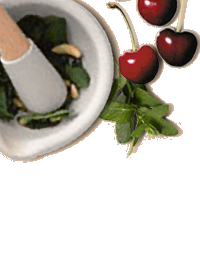
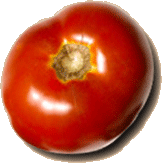
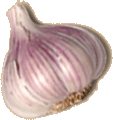
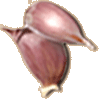
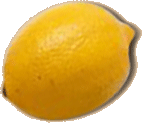
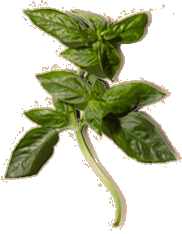
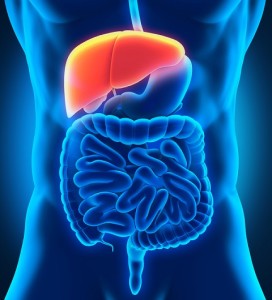
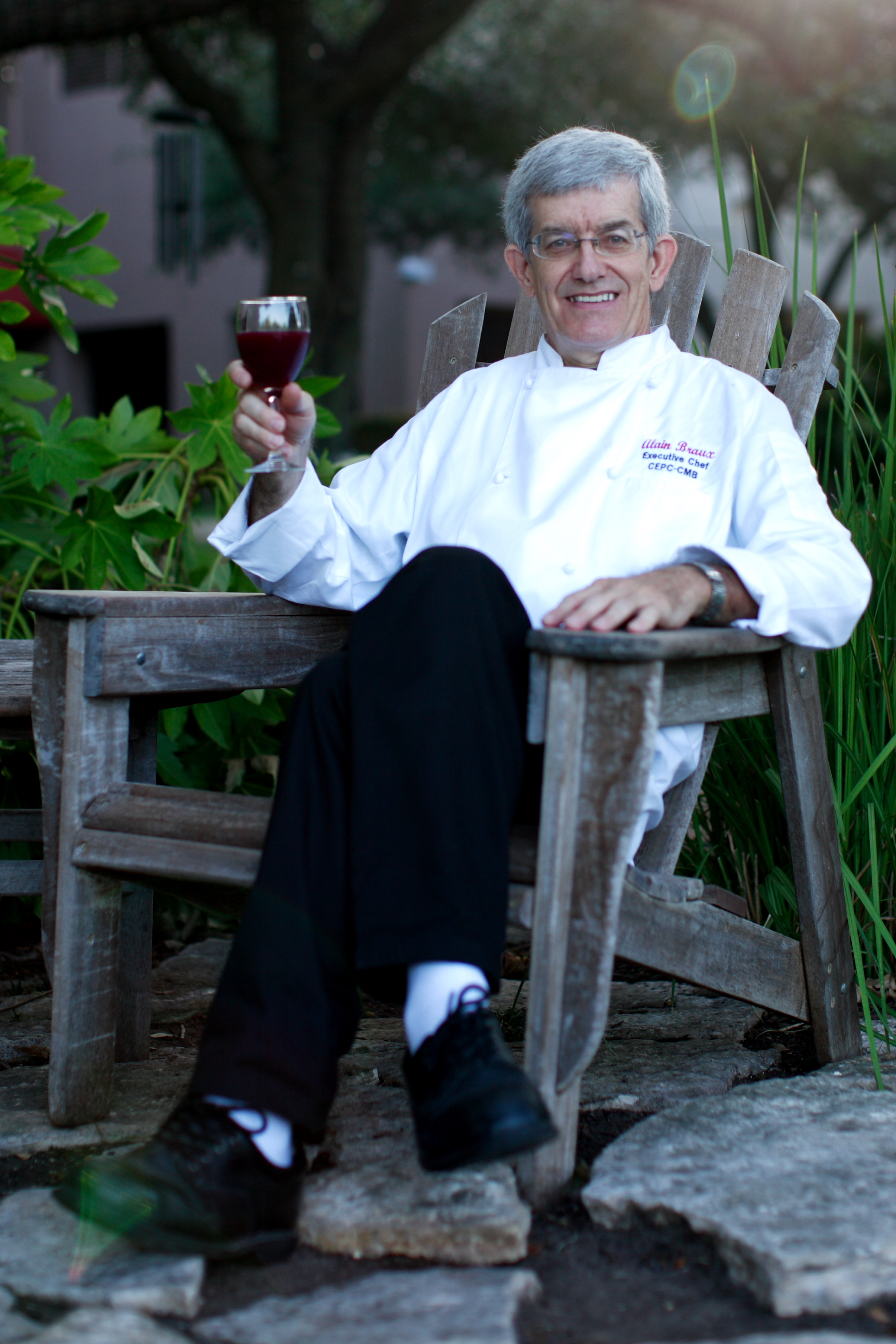
4 comments